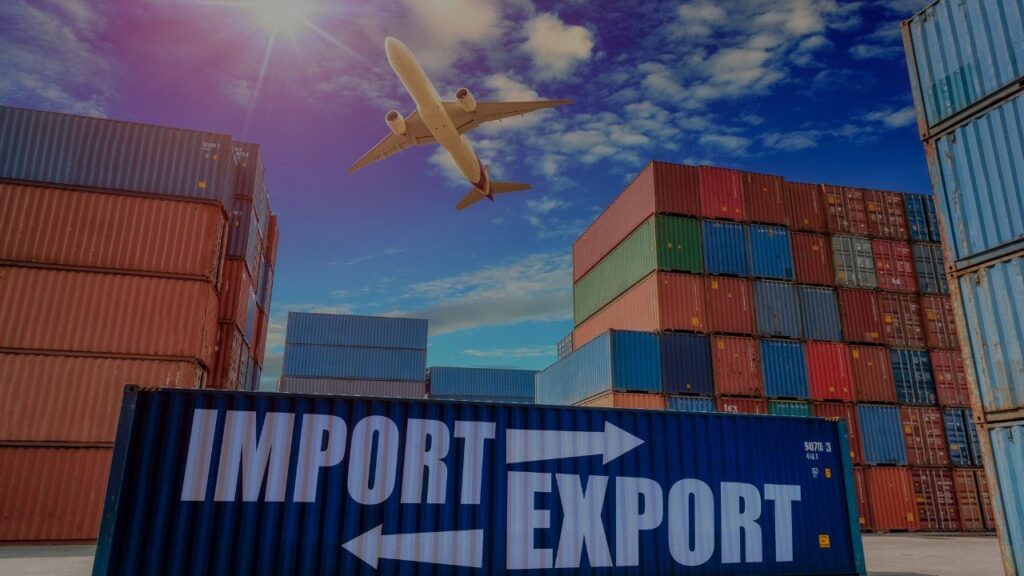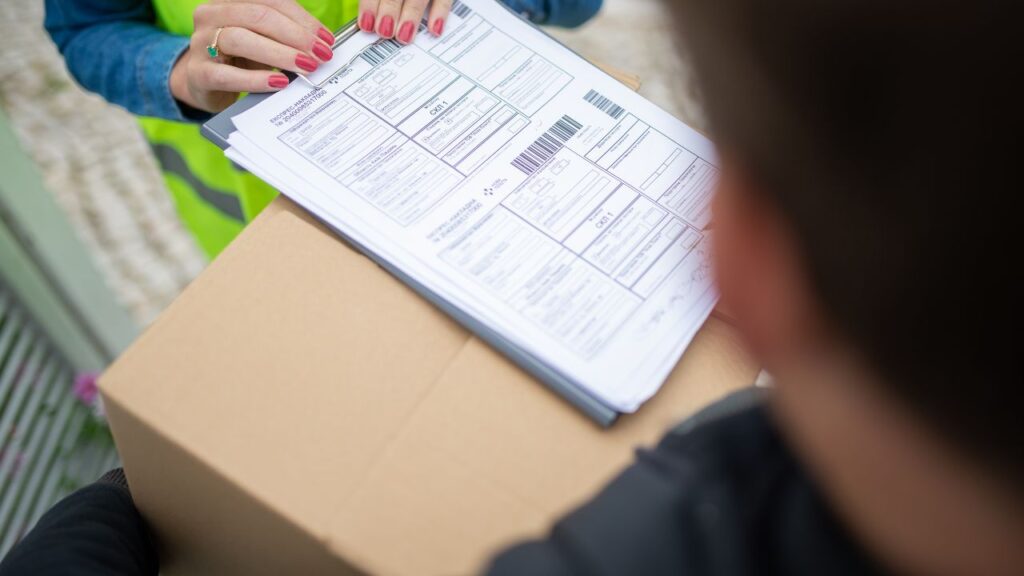The logistics and shipping industries entail numerous tasks while performing transportation. Keeping proper connections at every step is critical to fulfilling delivery services in overseas shipments. Once a shipment reaches its destination port or airport, customs clearance is required before it can be delivered. However, import-related actions can start once the cargo is handed adequately to the importing agent. In this circumstance, a delivery order (D/O) comes into play. In the world of international transportation, delivery order is crucial. In this post, We will attempt to comprehend a delivery order and how it functions.
What is a delivery order?

A delivery order is a document issued by a carrier or a carrier's agent to release cargo to the named party or another agent. A delivery order is also known as D/O. It is frequently used in international transportation to maintain transparency. A delivery order should be employed when the shipper wants to control the items sent.
The terminal delivery order contains in-detail information about the products, including the sender's information, item description, destination charges, buyer's signature, warehouse clerk's signature, and more.
A delivery order shipping should be distinguished from a bill of lading since it is not a negotiable document and does not prove that the items have been received.
Who issues the delivery order with delivery instructions?

A delivery order is a legal instrument that the freight forwarder, the consignee, the shipper, or a carrier can use to deliver the items to a different party.
After the shipment arrives, the carrier issues the delivery order if the cargo carrier (shipping line) has a physical office at the destination.
If there is no physical office at the destination, the delivery order is issued by the authorized agent on behalf of the primary carrier. Depending on the type of service listed on the Bill of lading for the container, the Groupage Operator may also issue this for FCL/LCL cargoes.
What is the delivery order refers document?

As we all know, two parties are mainly involved in sending and receiving goods. The delivery of goods must be clearly stated to ensure that the named party has received the goods. For clarification, a document called a "delivery order" is issued to the notify party. The carrier can issue the delivery order after the Bill of Lading is produced and turned in at the destination.
When import customs clearance is complete, this signals that the carriage is finished and enables the consignee or agency to schedule delivery. A delivery order can be thought of as the last step in the process of releasing imported cargo.
The delivery order is issued to formally deliver the goods to the consignee's import agent. It is also an important document for your customs broker.
Delivery orders serve a variety of purposes, including:
1) A list of the products the buyer needs to get (with full description)
2) Formal purchase task order between the buyer and the seller.
3) Valid evidence that the products have been delivered to the actual consignee It helps in the final delivery of the cargo for the buyer or business owner.
The importance and function of delivery orders in shipping

The purpose of delivery orders is to keep transparency in transportation. The delivery order document authorizes the carrier to release the goods to the named recipient. Establishing the appropriate documentation for cargo handover is crucial since it declares liability and duty.
After the shipment arrives at the destination port, the carrier notify party (the consignee or their agent or business owner). The carrier sends an arrival notice or freight invoice, including the requirements that may need to release the cargo.
After the party surrendered the Bill of landing at the destination, the carrier (shipping company) issued the delivery order. When the goods arrive at the destination, the delivery order contains necessary and valuable information. It helps to release an item to the customs broker.
When import customs clearance is complete, the document confirms that the carriage is complete and permits the consignee or agent to schedule delivery. It is essential to document that you need to release the goods. The same is true when delivering goods using airfreight cargo. The delivery order is issued to formally deliver the goods to the consignee's import agent.
Delivery Order (D/O) vs. Purchase Order

The importer and exporter often confuse the purchase order and delivery order. But the two documents are entirely different from each other.
The buyer issues the purchase document. The purchase order requests a service or product from a supplier. It contains detailed information about the purchase, such as the type, amount, price, payment methods, delivery dates, and other terms and conditions of the goods or services. It is not related to the shipping line.
On the other hand, the delivery order is a document that helps to hand over the cargo from the supplier's address to the arrival destination. The purchase order is wholly related to the purchasing process. Both documents help to fill the shipment.
Delivery Order (D/O) vs. Bill of Lading

Now let's find out the difference between the Bill of Landing and the Delivery Order. BOL is issued by the carrier while shipping the cargo. The (Bill of lading ) verifies the carrier received the cargo in good condition. The document is sometimes mistaken for a delivery order because both are given to the consignee or their representative at some stage throughout the supply chain process and deliver goods to the correct party.
On the other hand, the delivery order notifies the carrier in writing that all obligations have been satisfied and the designated agent or consignee can now receive the cargo.
Conclusion
I hope you have a fair idea about the delivery order and how the documents can help you release goods after shipment. A delivery order is a document that guarantees the transparency of the shipping process. You shouldn't confuse the documents with the Bill of landing.
Need help arranging shipments from China to Oversea and saving 30%-40% on shipping costs for all your shipments than before? Contact DFH today.

